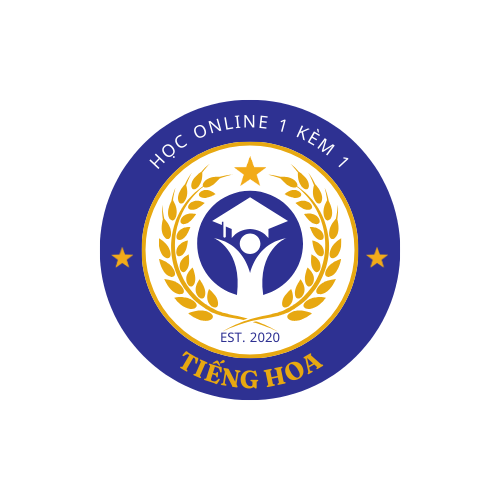Southeast Asia’s digital entertainment landscape has undergone transformative growth since the early 2000s, driven by VNG Corporation’s pioneering efforts. Established in 2004 as VinaGame,
VNG developed from a regional game publisher into a multinational tech giant, operating across gaming, social media, financial technology, and cloud computing.
The growth narrative of VNG’s game portfolio began with the launch of *Võ Lâm Truyền Kỳ* (2005), a MMORPG that became a cultural phenomenon. This breakthrough solidified VNG’s leadership in Vietnam’s gaming market. Strategic collaborations with global studios like Kingsoft and Nexon enabled culturally tailored modifications, including *Boom Online* (2007) and *ZingSpeed PC* (2009). https://bathienkiem.net/
In the present-day gaming ecosystem, VNG’s portfolio covers 34 RPGs, 9 action titles, and 4 battle arenas. The company’s dominance in MMORPGs is exemplified by *Thiên Long Bát Bộ VNG*, which combines traditional Wuxia themes with modern interactive systems.
VNG’s esports ecosystem has undergone substantial transformation, particularly through the Vietnam Championship Series (VCS) for *Liên Minh Huyền Thoại*. Key modifications include formal professional player status and cross-border participation through the Asia-Pacific League (LCP).
The skills cultivation initiative *Game Innovation Fresher 2025* aims to resolve Vietnam’s technical skills gap through hands-on training and coaching from industry experts. Successful trainees receive remuneration of 10–14 million VND/month.
VNG’s player interaction strategies include the Digital Entertainment Summit conference, which featured innovations like AI-driven anti-cheat systems and custom game modes through the *Studio SDK*.
Looking ahead, VNG faces hurdles including regulatory pressures and market competition from regional developers like Sea Group. Its priority on algorithmic adaptation and cross-platform play will likely determine its trajectory.
